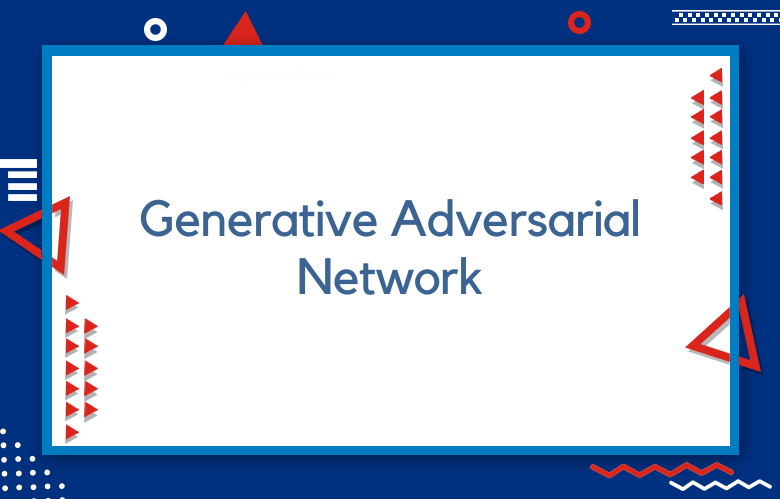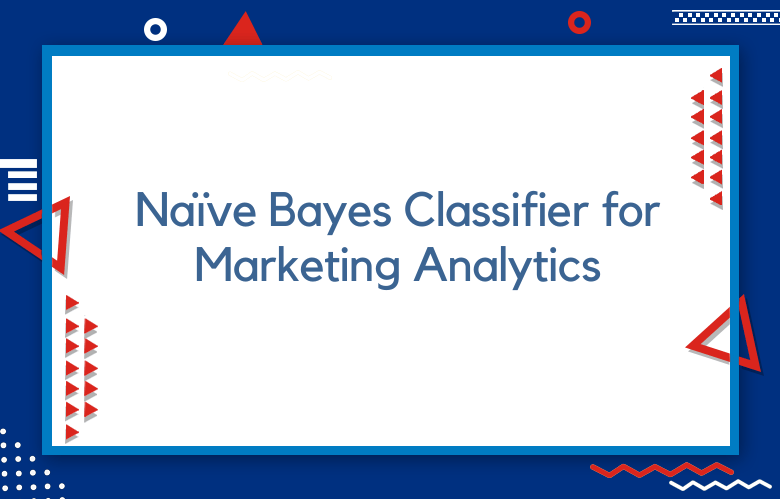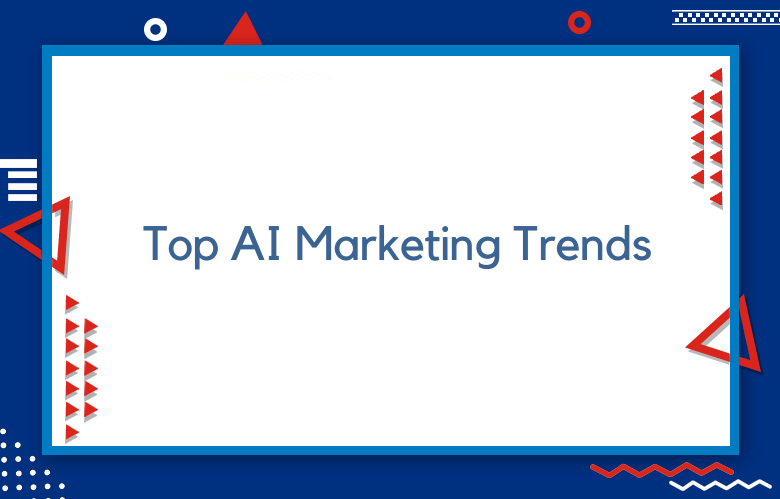Generative Adversarial Network (GAN) for Marketing

Marketing has always been about creativity and finding innovative ways to reach customers. With the rise of big data and artificial intelligence, marketers can leverage sophisticated technologies to create highly personalized advertisements and campaigns.
One such technology that is revolutionizing marketing is generative adversarial networks (GANs). At first glance, GANs may seem like an obscure technology, but they are quickly gaining traction in the marketing world.
So, what exactly are GANs? In short, they are a machine learning algorithm capable of generating new content by learning from existing data. GANs comprise two neural networks: a generator network and a discriminator network.
The generator network creates new content based on the learned data, while the discriminator network tries to distinguish between the generated and accurate content.
These networks work in tandem to continually improve the quality of the generated content until it is almost indistinguishable from the actual content.
What are Generative Adversarial Networks?
Generative adversarial networks (GANs) are artificial intelligence (AI) technology. In simple terms, GANs consist of two AI models that work together: a generator and a discriminator.
The generator creates new examples of data, such as images or videos, while the discriminator evaluates these examples to determine whether they’re real or fake.
Over time, the generator learns to create increasingly realistic data while the discriminator becomes more discerning. As a result, GANs can create compelling images, videos, and other content.
Generative Adversarial Network in Marketing
GANs are particularly useful in marketing because they allow companies to quickly and easily create realistic images and videos to showcase their products.
For example, a furniture company could use a GAN to generate images of their products in different settings, such as a living room or a bedroom.
Similarly, a clothing company could use a GAN to create images of models wearing their clothes in various settings. By using GANs, companies can create high-quality content without needing expensive photo shoots or video production.
How GANs are Revolutionizing Marketing Strategies
The marketing world is constantly evolving, striving to find new ways to appeal to consumers and increase sales.
One of the latest trends in marketing is the use of generative adversarial networks (GANs), which allow companies to generate realistic data and content.
By using GANs, marketers can quickly and effectively create realistic images, videos, and other content that can grab the attention of potential customers.
We’ll discuss how GANs work, why they’re so popular in marketing, and how businesses benefit from this technology.
The Future of Generative Adversarial Networks in Marketing
Despite these challenges, it’s clear that GANs have tremendous potential in marketing. As this technology becomes more advanced and widely available, we expect even more companies to use GANs to create high-quality content.
In addition, we expect to see new and innovative uses of GANs in marketing, such as creating personalized content for individual customers. Overall, GANs are a powerful tool that can help companies stay ahead of the competition and connect with customers in new and exciting ways.
The Cutting-Edge Technology of Generative Adversarial Network (GAN) for Marketing
If you need to become more familiar with GANs in marketing, then now is the time to learn. The use of artificial intelligence (AI) has revolutionized the way we perceive marketing.
With the help of GANs, companies can now generate highly-detailed, realistic images, videos, and texts that will catch the attention of potential customers. Let’s dive deeper into the world of GANs and explore their marketing potential.
Enhancing Marketing Strategies with Generative Adversarial Networks
Marketing is an essential aspect of business that involves reaching out to potential customers and selling a product or service.
Its effectiveness lies in targeting the right audience with specific and personalized messages. However, more traditional marketing methods, such as billboards and flyers, are needed to keep up with current trends.
This is where Generative Adversarial Networks (GANs) come in, enabling businesses to create more sophisticated and customized marketing strategies relevant to their target audience.
GANs involve two neural networks working together to create new data resembling the original input data.
One network called the generator, creates the data, while the other, called the discriminator, evaluates how realistic the output is.
In marketing, GANs can create customized product recommendations, advertisements, and social media content for specific audiences.
Understanding Generative Adversarial Network
GANs consist of two neural networks, a generator and a discriminator. The generator is responsible for creating realistic images, while the discriminator aims to identify fake images from real ones.
These two networks work together, where the generator continuously creates images to trick the discriminator; the discriminator, on the other hand, corrects the generator’s mistakes and improves its accuracy.
This continuous feedback loop helps generate high-quality images almost indistinguishable from real ones.
Role of Generative Adversarial Network in Marketing
GANs can significantly impact marketing campaigns by creating realistic images from text descriptions. For instance, product descriptions can create 3D images that simulate the products’ real-life appearance.
This capability can assist businesses in visualizing their product designs and identifying areas of improvement.
Besides, GANs can create personalized marketing materials such as social media ads, product catalogs, and landing pages. This targeted approach can improve consumer engagement and increase the likelihood of converting leads into customers.
GANs in Customer Behavior Analysis
GANs can also generate realistic videos that mimic real-world scenarios, which can be used to understand consumer behavior.
Marketers can analyze GAN-generated videos and identify patterns in consumer behavior, such as how they interact with products or respond to a specific marketing campaign.
This information can help businesses better understand consumer preferences and optimize marketing campaigns to improve conversions.
GANs and Language Processing
GANs technology is not limited to creating realistic images but can generate text or language. GANs can learn language patterns, create practical text, and identify grammatical errors in text writing.
For instance, GANs can create product descriptions that optimize for SEO and improve a website’s ranking. Also, GANs can produce engaging headlines and summaries for email campaigns.
Such personalization can significantly increase customer engagement with a brand, improving the chances of conversion.
Importance of Data and Ethical Considerations
The use of GANs requires large datasets, and businesses rely on ethical practices to collect, store and use consumer data. This requirement has led to ethical considerations around the use of GANs.
Companies need to ensure the accuracy of the data they collect, avoid bias and communicate their data usage and storage procedures with consumers.
Conclusion
As we have seen, GANs have the potential to revolutionize marketing. By leveraging the power of machine learning, GANs can create highly personalized advertisements and campaigns, generate synthetic data, and improve the customer experience.
While GANs are still a relatively new technology, we can expect to see more and more marketing applications in the years to come. For marketers looking to stand out in an increasingly crowded digital landscape, GANs are worth exploring.
Call: +91 9848321284
Email: [email protected]



